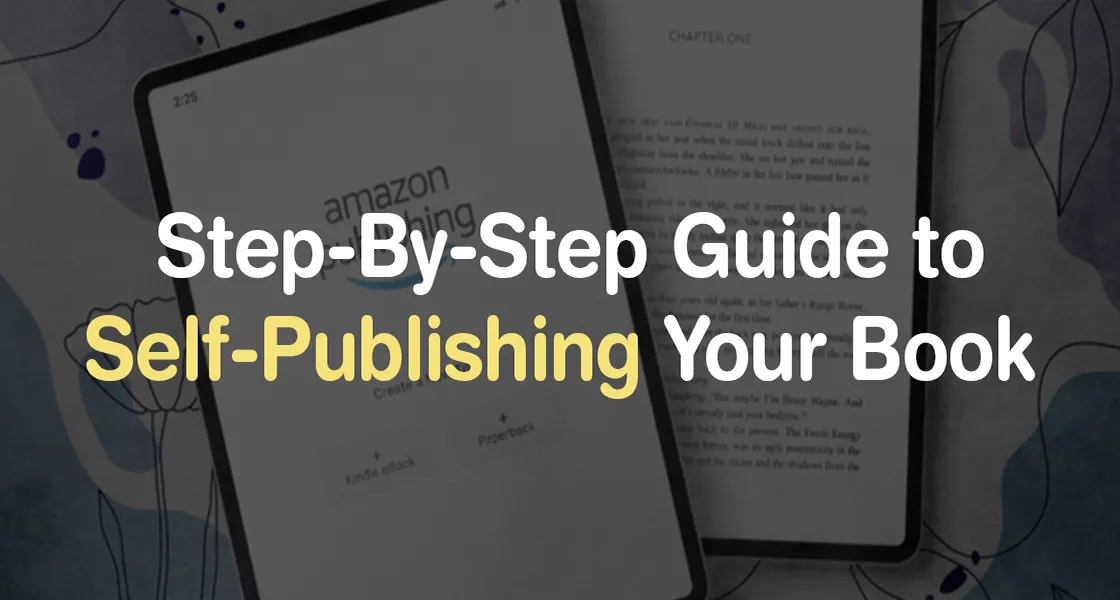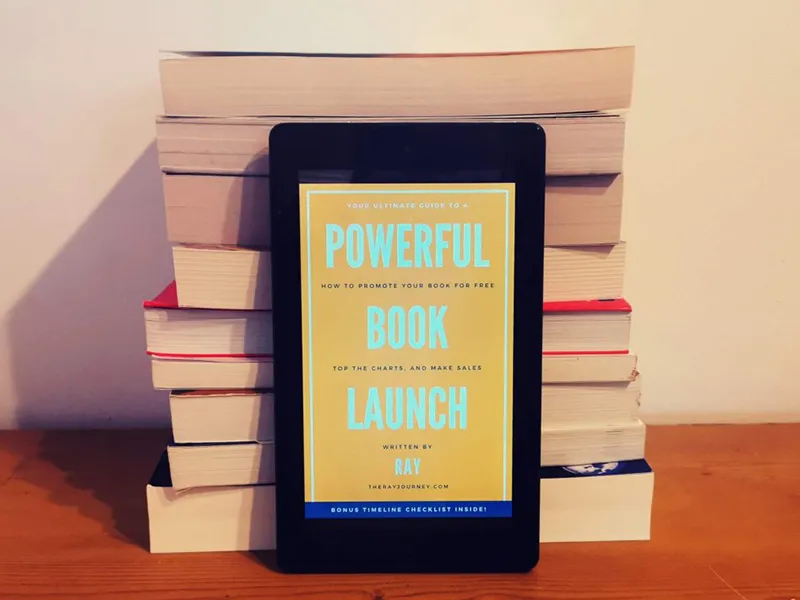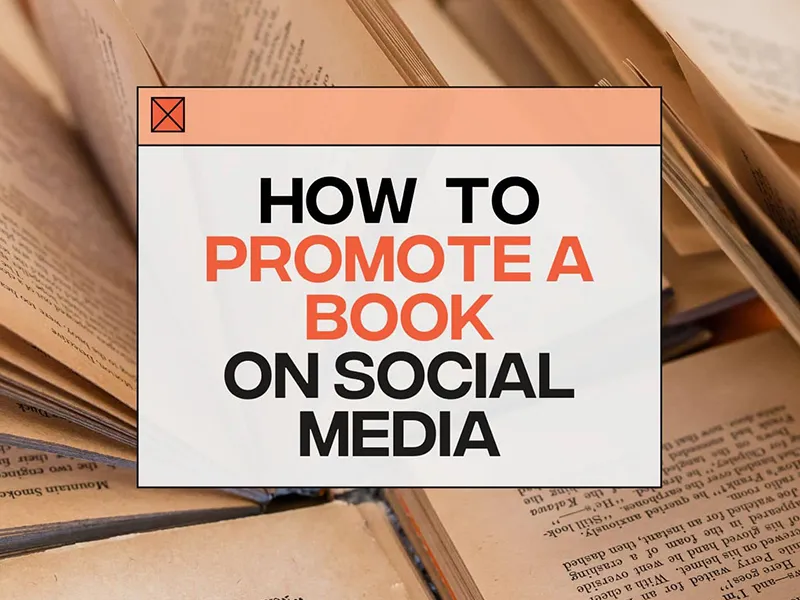
Table of Contents
ToggleStep-By-Step Guide to Self-Publishing Your Book
For decades, the only way for writers to achieve the dream of becoming bestselling authors of greatly impactful books has been dependent on the support of a traditional publishing company.
However, the times have changed, the technology has advanced, and no more do you need to go through the painstaking process of hiring agents and grabbing the attention of a big publishing house. We now have the ease of self-publishing at our disposal and services like ghostwriter books.
Previously you might have had to send out manuscripts to various publishing companies, waited anxiously for their response that had a high probability of never coming, and tried to stay upbeat even after getting rejected by them.
Nonetheless, you can now avail the benefits of self-publishing, publish your book as an eBook and become a bestseller all by yourself. You can also avail of other beneficial services like that of an eBook ghostwriter.
With ghostwriting services, you can finish your book with a flourishing and finishing that everyone desires for their book, these services are available for all kinds of books from fantasy and fiction to business book ghostwriting services.
Self-publishing is an easy enough process if you have all the guidelines and knowledge of it. Luckily, we have compiled for you a guide for self-publishing, complete with 7 easy steps and tips to ensure that the final book is a bestseller. Here are 7 Easy Steps for Self-Publishing;
1. Write a Marketable Book

While authors might think that conducting market research on competitors is something only entrepreneurs and businesses do, it is a necessity when you are going to self-publish as it helps you understand your audience better and makes the selling of your books easier.
Whether you have few titles under your name, a considerable number of book proposals, or you are starting from scratch, before beginning the self-publishing you need to consider a few things;
- Identification of the genre of your book:
The genre of your book is not just the category to which it belongs in a library, rather it is an influential factor in the story structure, writing style, verbiage, visual content, etc. Considering the particulars of your genre will provide you with a clearer image of your audience to relate to.
- Learn the preferences of people regarding your genre:
Search, browse, and learn more about your potential buyers, the fans of the genre you have chosen for your book. Learn about the deciding factors that convince the readers to pick a particular book. What are the most appealing points in your genre and what are the common complaints are.
- Evaluate your competitors in the genre:
To evaluate the bestselling books in your genre, by conducting a competitive analysis, on marketplaces like the list of New York Times bestsellers and Amazon. You will also need to evaluate the overall marketing and business strategies of others writing the same genre as you. Research what sets the bestsellers of your genre apart from the other books.
- Differentiate:
Differentiate between what the authors of the bestselling titles have written and what the audience would have preferred. You can also work on identifying a niche for yourself in your genre, i.e., Political Thriller is a niche in Fiction and Thriller.
If your manuscript or the basic story structure is ready, you should consider its marketing potential before moving to any of the other steps given below.
2. Professional Editing

Self-publishers have the same platforms for competing as large traditional publishing companies. This is why you need to ensure that the final book you publish is up to the standard of being considered competitive in the marketplaces.
While you might not have the same vast number of editors at your disposal as publishing companies do, you cannot let that stop you from making your book polished and refined as it should be to compete.
You can start by editing your manuscript on your own, then getting reviews and feedback from your target audience on excerpts from your manuscript. You can also get your manuscript edited and copy edited by a professional, as it is a meticulous process that needs to be done with absolute intent, attention, knowledge, and skills. You can simply hire a freelance editor through various platforms i.e., Fiverr, Upwork, and Guru.
Once you have the edited manuscript ready and good to go, it is time to move on to a beautiful cover design.
3. Develop an Enticing Cover Design

Despite the saying, people still judge books by their covers. The cover of your book will serve as the only factor that can entice the target audience visually. It will aid in creating an appeal for the users searching on online marketplaces and retailers, your website, and other places where your book is to be sold.
You can either design your book cover yourself or hire a professional designer, the choice is entirely up to you. If you think that your creative design skills are outstanding then, you can design your book cover by yourself. Otherwise, you can hire a freelance designer for the cover page of your book at reasonable rates. Whatever of the two you choose, remember to consider a few factors;
- Take inspiration from a few other reputable book cover designs.
- Optimize your book cover for thumbnails.
- Make sure that your title is visible and readable at a glance.
- Keep the book’s back and spine in mind, while they may not be visible in the thumbnail, they will be more than prominent in a physical copy.
4. Decide on the Self-Publishing Platforms

The next step is to decide the particular self-publishing platform you will use for your book. This too is a crucial factor as it will be decisive in the calculation of costs and the target audience you will be able to reach. The self-publishing platform you choose will be used to turn the virtual elements of your book into a tangible physical product. You can choose from a few options listed below:
- Printing on demand:
This refers to printing your book by yourself when a sale is made. Printing on-demand is suitable for self-publishing as it saves money and time by letting you outsource your manufacturing and distribution.
- Kindle Direct Publishing:
You have the choice to sell on Amazon with Kindle direct publishing. KDP is a platform that is widely popular with both, readers and writers. You get the option to print on demand here as well. The costs are incurred for KDP only when you make a sale, and it earns you 60% of the marked price of the book.
- Selling with Lulu and Shopify:
Lulu is a platform for self-publishing with a variety of tools and options available for the printing and distribution of eBooks and books. You can choose from the various bindings, sizes, and types of pages for your book. The Lulu Direct lets you integrate your Lulu Direct Shopify app with your Shopify store.
- Others:
You can choose from various other platforms of self-publishing as well, i.e., Reedsy, Blurb, and Ingram Spark.
5. Formatting of Your Book

The stage of formatting of your book involves putting the final touches on your book, to ensure that it has all the elements of a book that has been published professionally by a reputable publishing company. The formatting of your eBook has a few stages in itself:
- Setting the margins, height, and width of your book’s pages.
- Font matter: the pages of title pages, half-title page, copyright page, table of contents page, and the dedications page.
- Body matter: title pages of the chapters and the text body of those chapters.
- Back matter: author’s bio, references and bibliography, and the index file.
- ISBN: a 13-digit code to identify every copy of your book to have been published. It provides a reference number for your books that works universally in libraries, stores, etc. Many self-publishing platforms give you a free ISBN, else you can get one from a trustworthy site.
6. Launch Your Book

The launch of your book should be marketed and promoted like a brand’s new product. You don’t need to go all out with your book launch unless you wish to. You simply have to ensure that your sales channels are operating smoothly.
Make sure you have an interactive author’s website, your website has the important necessary standard pages, a way set up to get the email addresses of the visitors, and that you have installed an analytics tool to capture the behavior of the visitors on your website.
7. Market On Social Media

You have already done the necessary basic processes of your book like a professional and an expert. The only thing left to do is to find the readers. What better option could you have than social media, which serves as a global community and works as a robust digital marketing strategy for reaching a wide audience across the globe? You can:
- Share excerpts from your book across various platforms.
- Encourage reviews from users and readers on Amazon.
- Start paid ad campaigns.
- Collaborate with influencers on social media.
- Write and share on your blogs and website.
- Reach out to podcasts and publications.
Sum Up:
While it may seem like a daunting and time-consuming process, self-publishing can be made easy with the guidelines given above. You can save time, effort, and money by outsourcing some of the steps like editing and cover design.
If you have a solid or even a vague idea in your mind, but can’t get yourself to word it, you can simply search up ghostwriter books and get expert ghostwriting services like Webbook, for a book of your very own that is sure to be a bestseller.
FAQs
Self-publishing is free on most platforms, i.e., Amazon KDP, Apple Books, Barnes & Noble Press, etc. You will be able to earn a percentage of the marked price of the book every time a sale is made.
There is no fixed cost for self-publishing a book, though it is estimated to be between $150 and $2,000.
Self-publishing is carried out across various legally registered websites and platforms and is a process that is legal too.